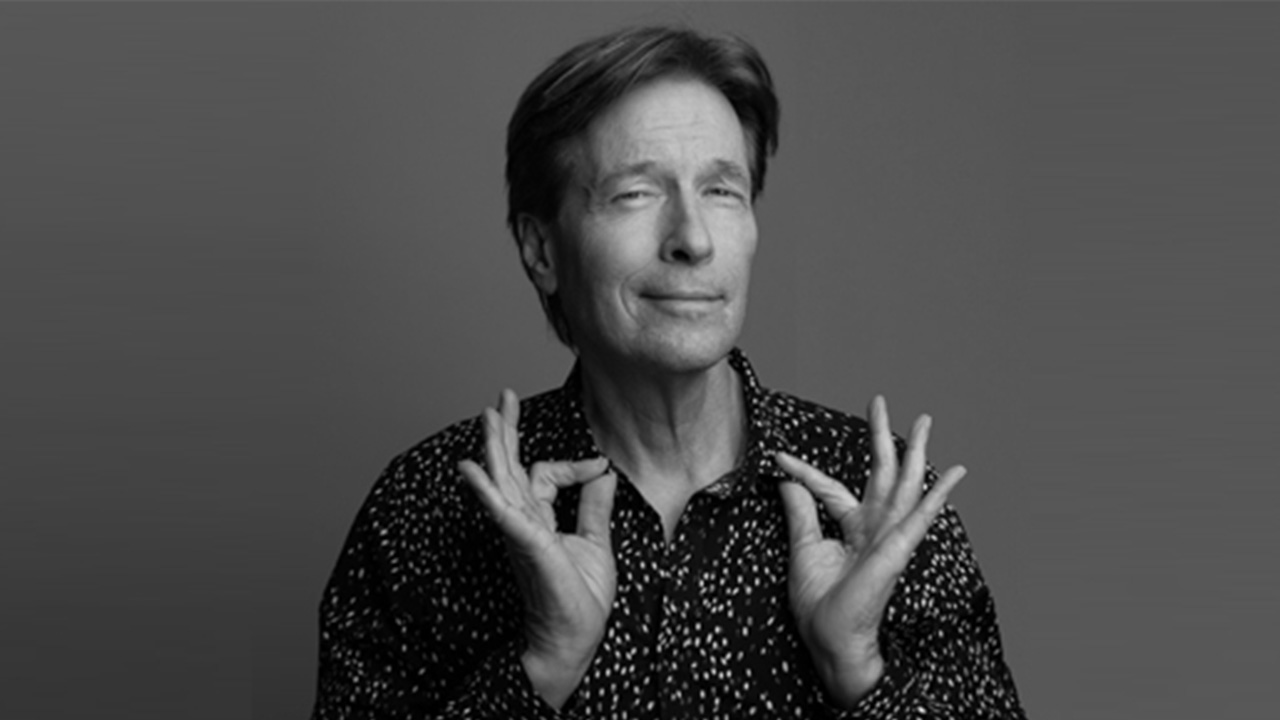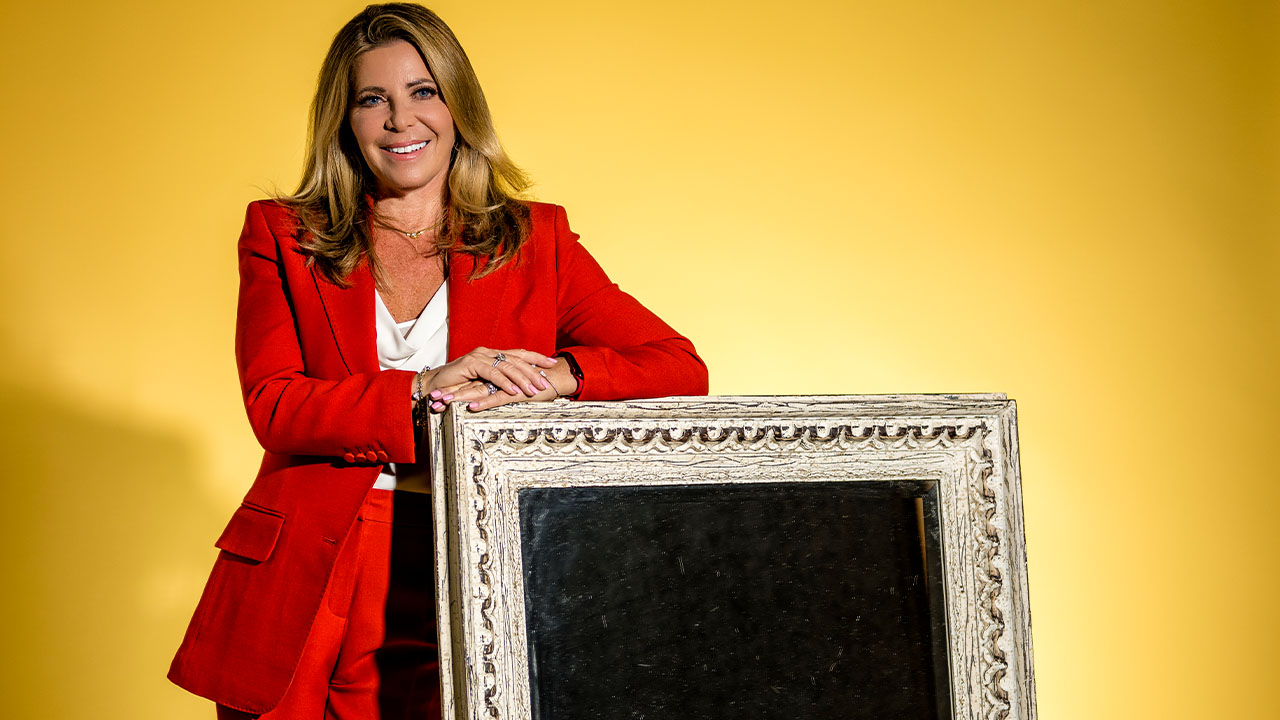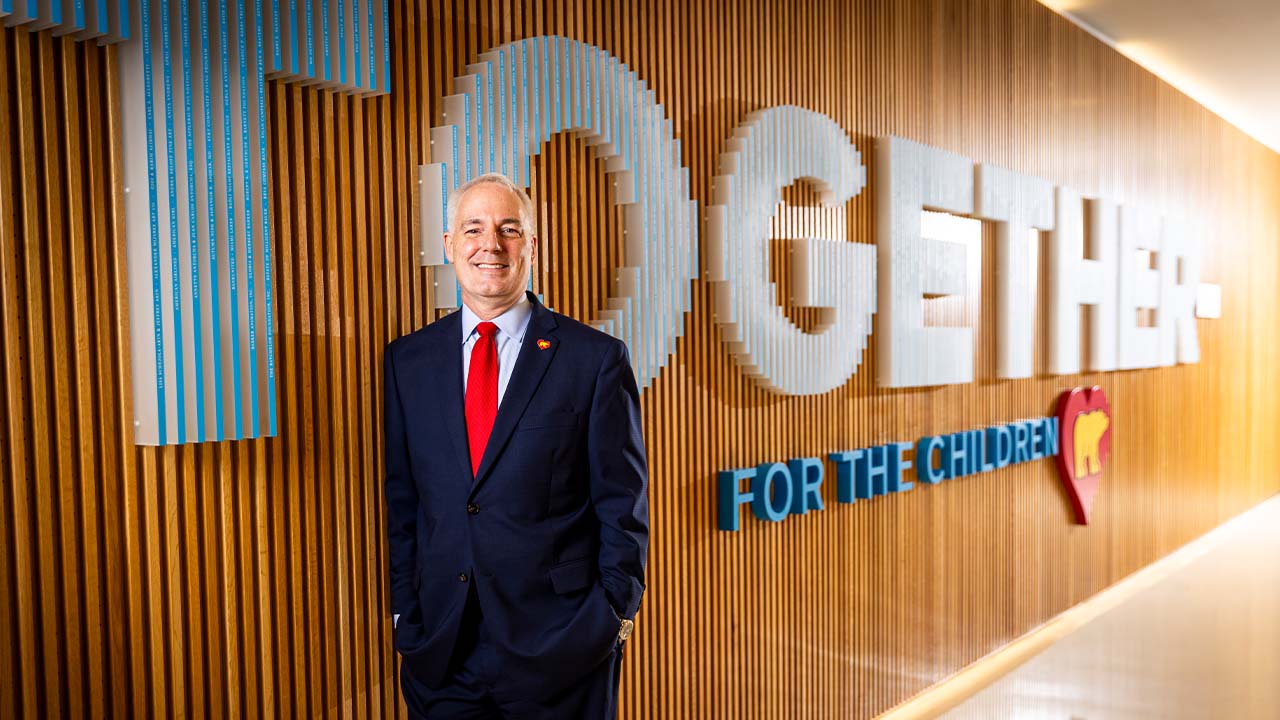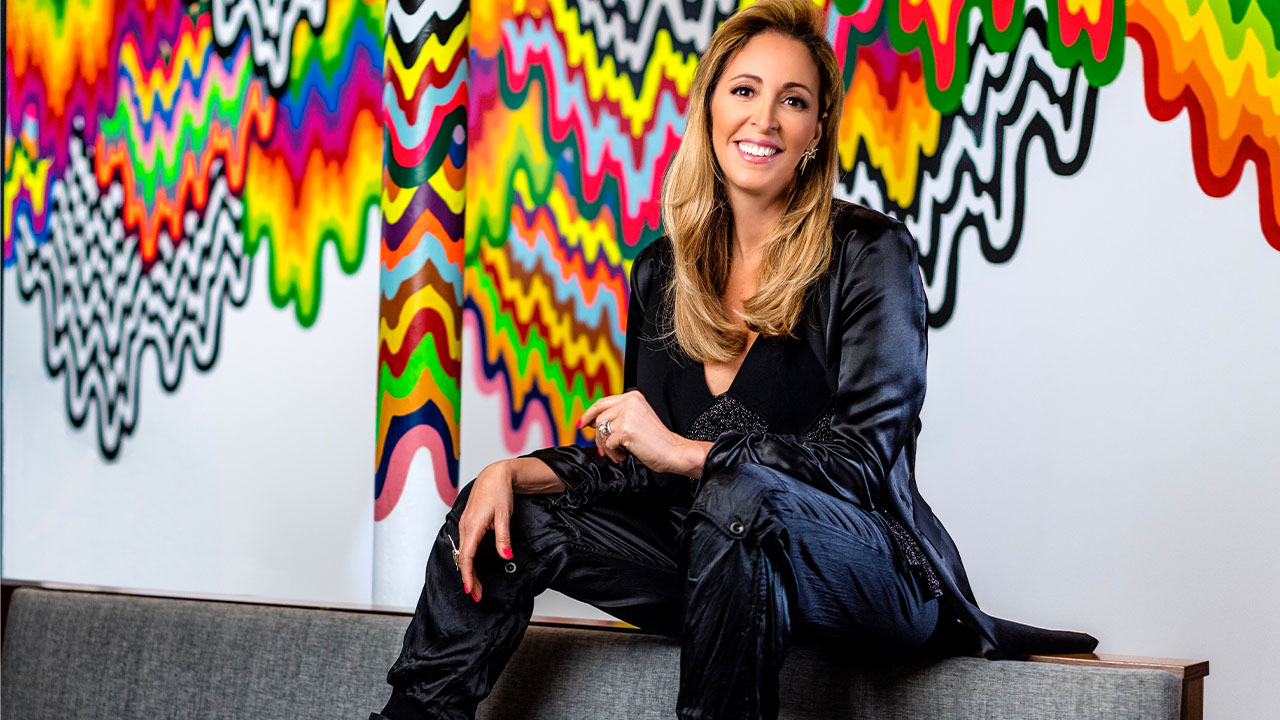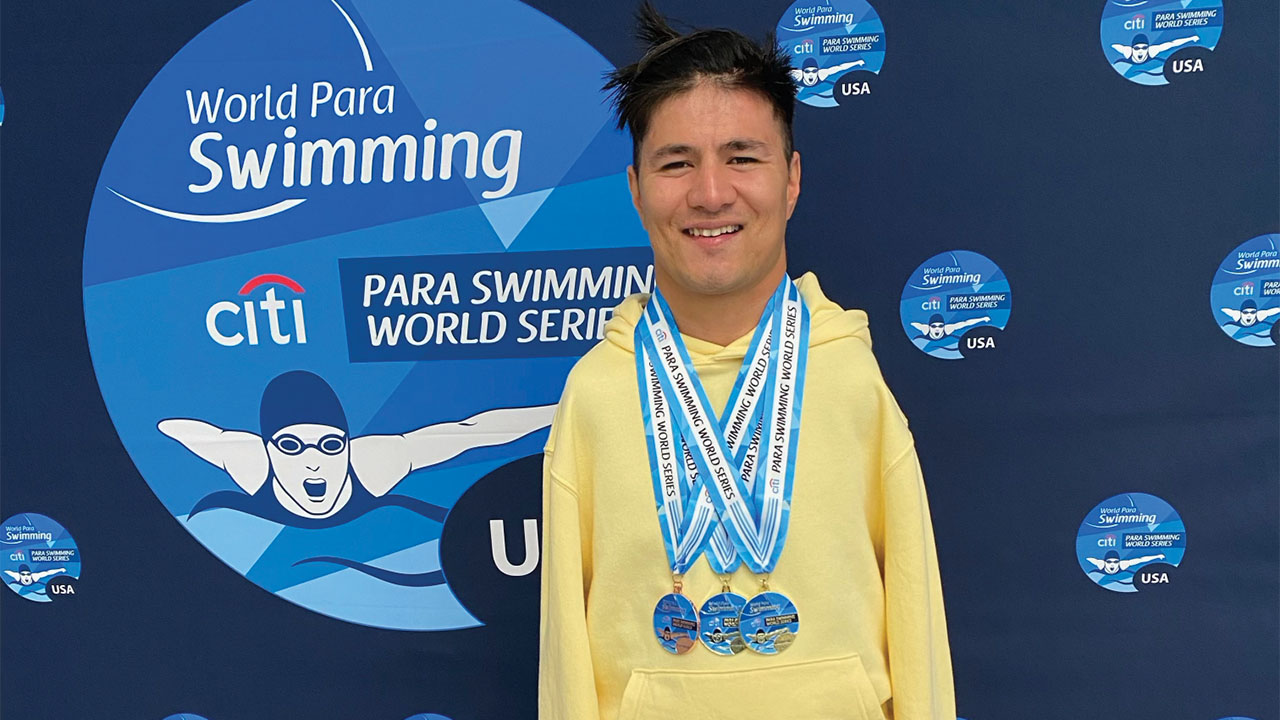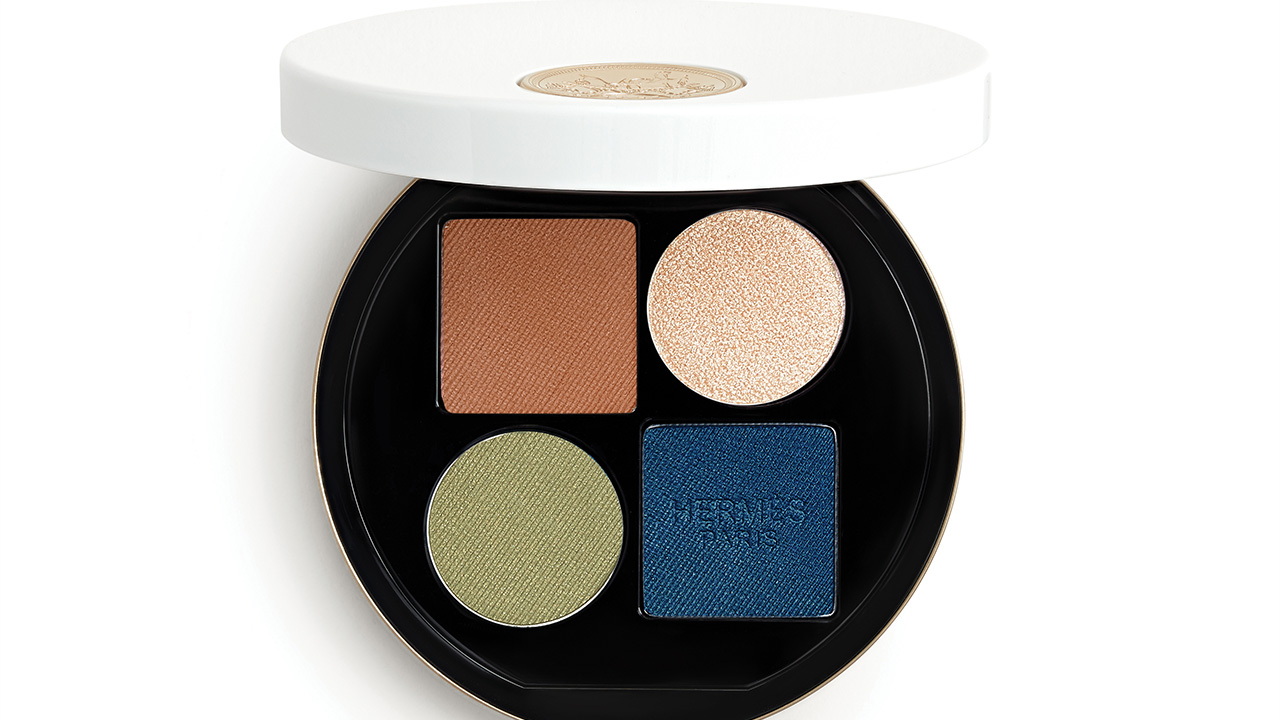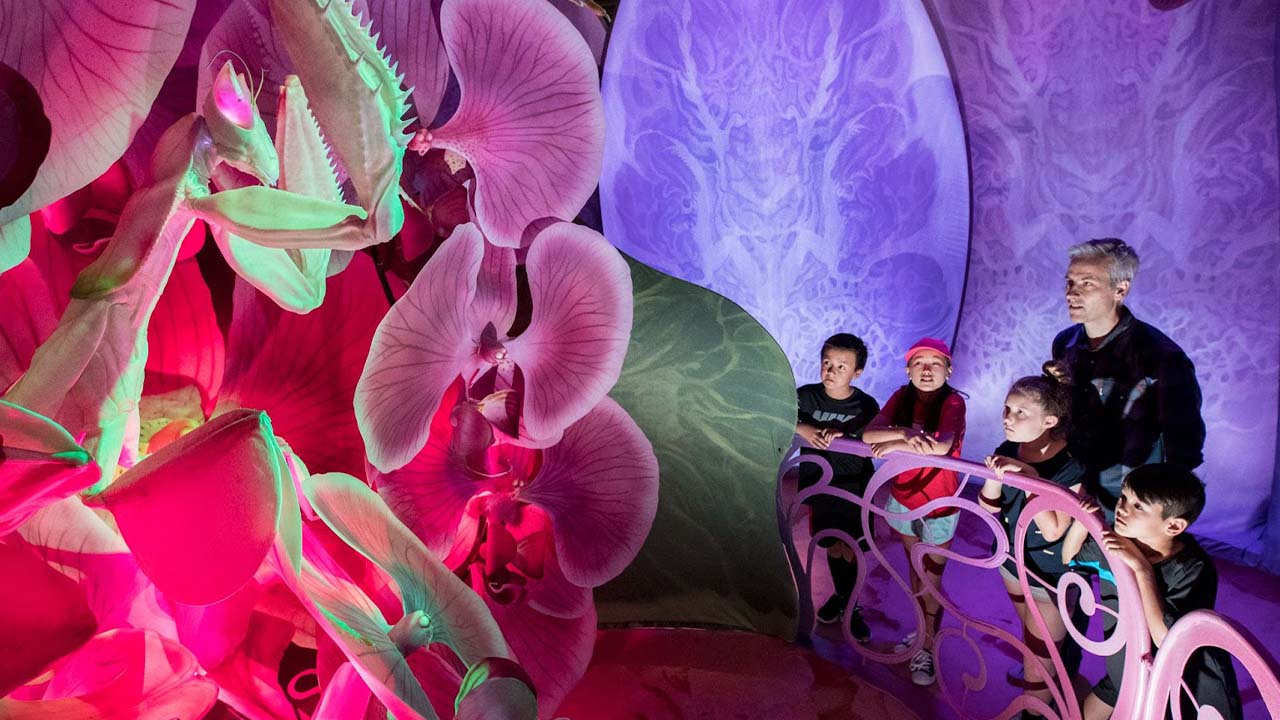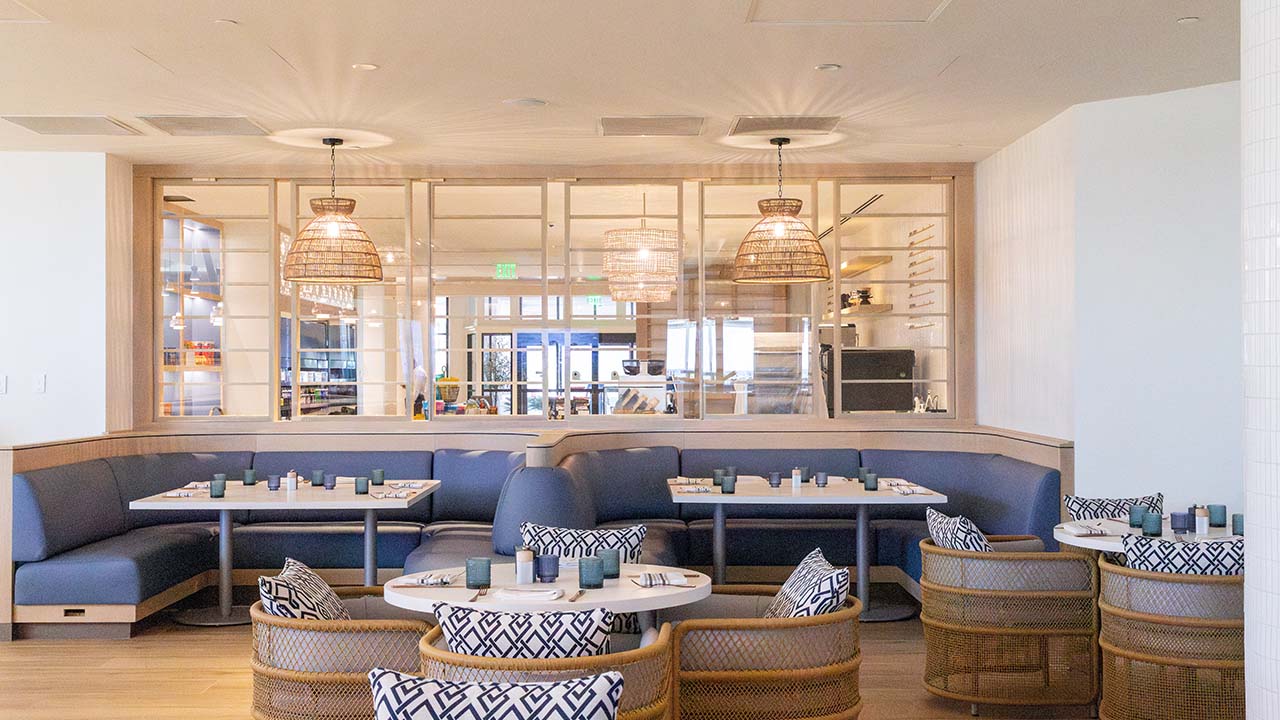Walk into the main workroom at ID & Design International and there’s not a lot of sound despite it being full of people, many of them talking on the phone. That’s not an accident. It’s all by design.
Dropping down from the ceiling are pop art depictions of cultural icons, including Muhammad Ali, David Bowie, Jimi Hendrix and Keith Richards. They are more than just decoration, though. Founder and President Sherif Ayad explains they are two-inch thick foam panels that absorb the sound while adding a creative sparkle at the Pompano Beach company.
Of course, the sparkle starts the minute you walk through the front door at IDDI and see the white sleek, angular reception desk, modernistic terrazzo floor and a huge timber whose provenance is possibly Indonesia.
IDDI has worked its magic around the world in a variety of hospitality, multifamily, retail, cruise ship and mixed-use properties. Sherif says IDDI is what you would get if you took a branding firm and mixed it together with an interior design firm.
The clients over the years are a who’s who of businesses, including Celebrity Cruises, Royal Caribbean, Whole Foods, Macy’s, Starbucks, Sawgrass Mills, Hard Rock, Hilton, Stiles and LVMH. Many of the high-rise projects in South Florida utilize IDDI for their common area design and branding.
The company’s home page tallies up 1,590 projects in 20 plus countries. IDDI goes well beyond interior design and acts as a strategic partner with its clients.
IDDI has been very busy at the $6 billion, 27-acre Miami Worldcenter project, working on the Paramount tower, Miami World Tower and the Legacy Hotel.
IDDI has worked on about eight towers in downtown Fort Lauderdale and Ayad says another six or eight are in the works, including Natiivo, which is the subject of a story in this issue.
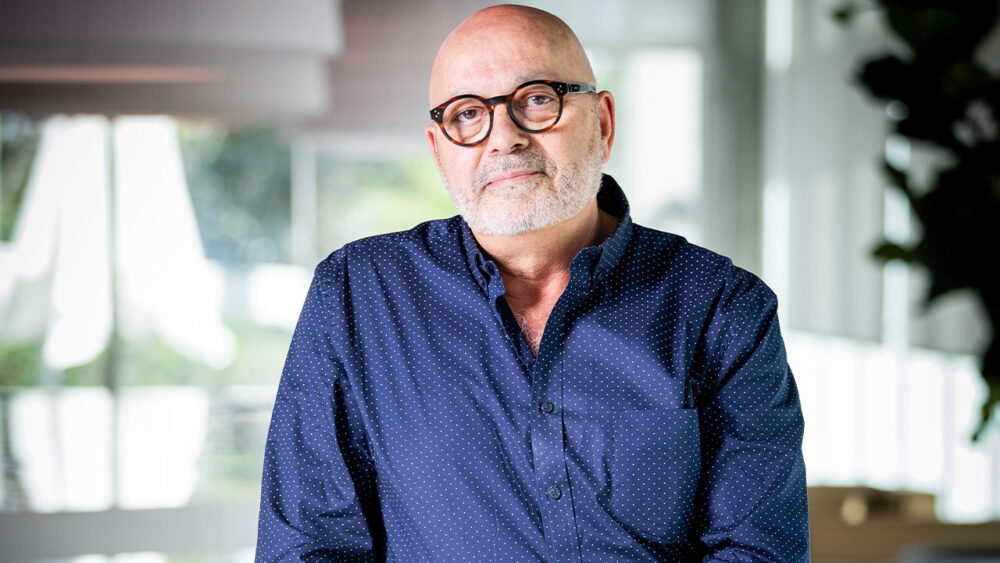
“We’re super pumped and excited about the future of Fort Lauderdale. What I love about working down here in South Florida, the Tri-County area, is Miami, Fort Lauderdale, Palm Beach are so diverse, they’re so different. For the average person visiting, they don’t really see that on the surface, but when you live here, you understand the different dynamics of those three counties and they are all beautiful in their own way,” Ayad says. “I came from California. South Florida, today, kind of reminds me of how California was back in the ‘70s. … I think the future here is unstoppable.”
Ayad grew up in Montreal and graduated from Dawson College with a bachelor’s in interior design. He was previously a principal with Pavlik Design Team in Fort Lauderdale and Walker Group/CNI in Los Angeles.
He started IDDI in 2006 and the company was formerly headquartered on Dixie Highway in Oakland Park. Covid made him think about rightsizing the space and then he got an offer to sell the former bank building IDDI inhabited. He lives in Pompano Beach and had been eyeing the ground floor of the Plaza at Oceanside, a curvy, stylish condominium building on the northwest corner of State Road A1A and East Atlantic Boulevard.
“It was just dirt on the floor and concrete. And I thought, ‘This is perfect. And it was just the right size. I love being across the street from the beach. And it’s funny, because when you have 68 designers, I had nobody involved in the design process—otherwise we’d still be designing today, So, I kind of kept it as a secret until we were halfway through construction then I told everybody what it was going to look like.”
He came up with the idea of the acoustic panels because there was so much glass around the office.
“I wanted to do something more creative and inspirational,” he says. “I love the concept of pop culture and keeping the designers reminded that we’re not designing for ourselves, we’re designing for all aspects of the general public. Pop culture tends to express many different aspects of our lifestyle and culture. So, it’s good to remind our designers of that every day.”
Even though the space is a tad bit smaller than the 13,000 square feet in Oakland Park, it’s actually much more efficient, he says.
Pompano Beach Park is right across A1A and Ayad says he loves the redevelopment that’s happened. “Of course, our staff loves being across the street from the beach, too.”
I previously had interviewed Ayad in 2014 for SFBW magazine so I asked him what the past 10 years have been like.
“We’ve been on a constant growth pattern, honestly, since we started the firm in 2006. It literally hasn’t stopped, even with the pandemic. I think we just continue to excel somehow,” he says. “I think we are probably one of the most diversified companies around because of our combination of cruise ship work, theater work, multifamily, hospitality and entertainment.”
Ayad says the diversity of clients creates a lot of crossover benefits. Lessons learned in hospitality can apply to multifamily and what the firm has learned in retail can apply to building brand equity.
Early in the firm’s history, amid the Great Recession, there were a lot of clients in South Korea, China and South America. As the U.S. economy rebounded, IDDI picked up more and more clients in the U.S. and South Florida, in particular.
“I think our primary focus today is still on hospitality and multifamily, and we do the lion’s share of multifamily here with probably all the major developers,” he says, mentioning Related, Lefrak, Greystar, Stiles, Gables Residential and Newgard.
Retail is still in a slump, but cruise lines are starting to build ships again after facing a major challenge during the pandemic. Ayad was recently on Royal Caribean Icon of the Seas and is proud of the work IDDI did on that ship, along with the Celebrity Edge and many others.
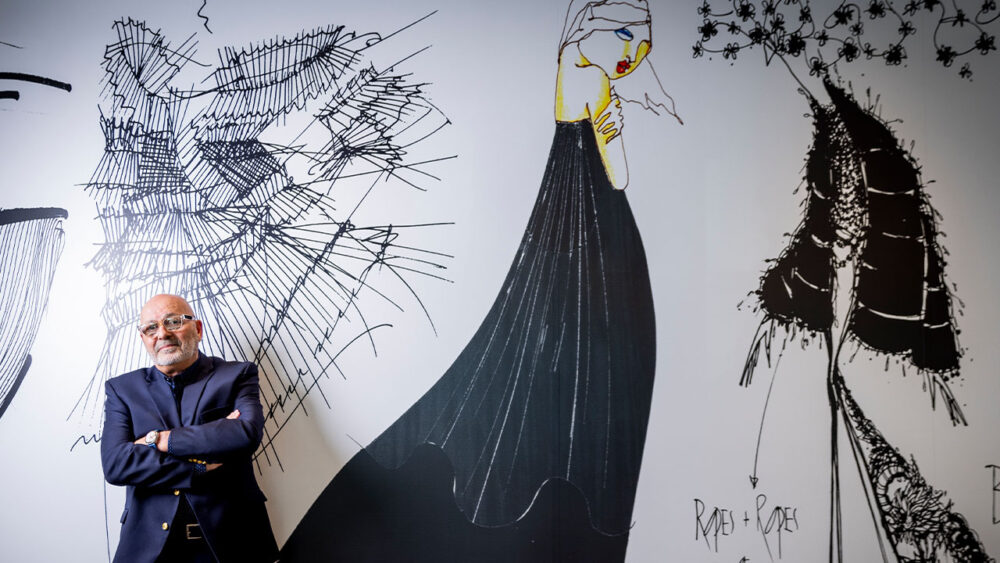
‘Their biggest nightmare’
Ayad explained how the business is organized.
“We have three amazing creative directors that I entrust in 100 percent. We have three studio directors that really run the business. And we have four design directors that really lead all the projects with the rest of the design staff. So, it’s a very structured system and, frankly, my role is to really look at projects purely from the client’s perspective. So, I’m their biggest nightmare,” he says. “We have nine amazing project managers that stay for the life of the project, whether it’s three years, four years, depending how tall the tower is.”
Every project starts with a business strategy, studying demographics and comps. And that analysis becomes the foundation of why IDDI designs things a certain way.
“It’s never about us. Nobody cares what Sherif wants, what Sherif likes,” he says. “Everything we do revolves around a specific consumer or guest. I think the strong connection that we have with our clients is that we’re looking after their business—we’re designing their business not based on anything personal.”
No two projects look the same and every project is very specifically catered to a business strategy and a market positioning.
“So, it’s that sharing of information, the brainstorming before design starts, that becomes the foundation for the project. In fact, we’ve coined the term, our trademark is ‘Let’s Brandstorm’™. That’s really what we do at the beginning of every project.”
The next phase is the more detailed planning, the initial design, 3D designs, ceilings, lighting, renderings, materials and the interior architecture. IDDI works with all the major architects from Arquitectonica to Kobi Karp to Cohen Freedman Encinosa & Associates, Ayad says.
The renderings for projects are made in house and often become marketing collateral for clients, he says. “Most firms just farm it out somewhere and the designer sees it the night before the client sees it. It’s not how we work.”
It’s not about trends
Ayad has a philosophy that good design pushes ideas forward and it’s not about trying to follow trends or reacting to markets.
“It’s all about development strategy. We pride ourselves on hopefully being ahead of the game with our clients in that respect. Our clients like to bring us in very early in the process, quite frankly. We like to think of these projects from the inside out and what’s going to create the points of differentiation. What’s going to make a property memorable?”
He was asked if there is a danger in piecemeal planning with the idea of saving money, but possibly losing the opportunity to improve branding and make more money.
“Look, it all depends on the ROI. And it’s not about spending money,” he says. “It’s about spending money where you’re going to get the biggest bang. We like to think that we’re working with our clients not to spend their money, but to help them to save money and still generate revenue. Putting on a business hat when you’re designing is really the bottom line.”
Photography by Eduardo Schneider



